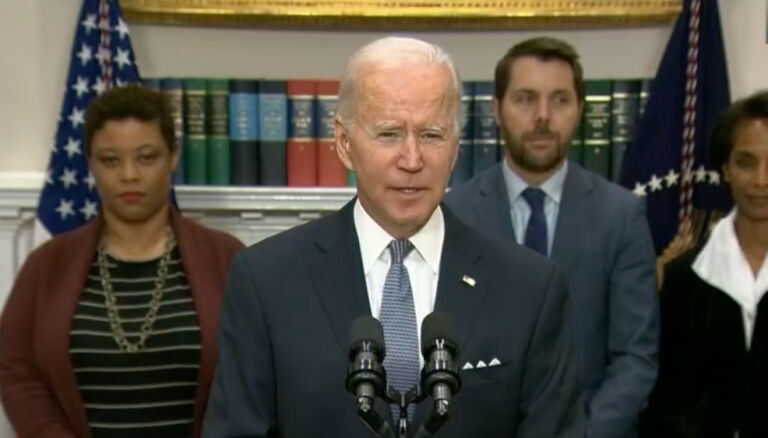Abby Smith of the Washington Examiner explains how one left-coast state’s current challenges could affect the Biden administration’s climate goals.
California will have to deploy renewable power at record-breaking speed over the next few decades to meet its target for carbon-free electricity by 2045, a transformation that state agencies say in a new report this week is technically achievable but immensely challenging.
The scale of deployment California alone will need to achieve underscores the hurdles facing President Biden and his team as he calls for eliminating carbon from the power sector by 2035, 10 years earlier than California’s target. The effort would require the biggest transformation of the electricity sector since it was built.
Many utility industry leaders are already suggesting a 2035 target, also adopted recently by House Democrats in their sweeping climate bill, wouldn’t be achievable without compromising electric reliability or affordability.
For California to reach its legislative target of 100% clean electricity by 2045, the state could have to build up to 6 gigawatts of new renewable energy and storage capacity each year, according to a joint report released Monday from California’s three energy and environment agencies. That is significantly more than the roughly 1 GW of utility-scale solar and 300 megawatts of wind California has built each year over the last decade.
Renewable energy, largely wind and solar, accounts for roughly 36% of California’s electricity grid to date. The state has a goal to get to 60% renewables by 2030.
The agencies also suggest that in addition to greening its electricity grid, California will have to expand it substantially, by roughly 3 times, to meet growing demand for power as sectors such as transportation and buildings electrify.
Building out those clean energy resources to meet the 2045 target would increase electricity system costs 6% by that year, when compared to the estimated cost of reaching 60% renewable energy by 2030, the agencies found.


